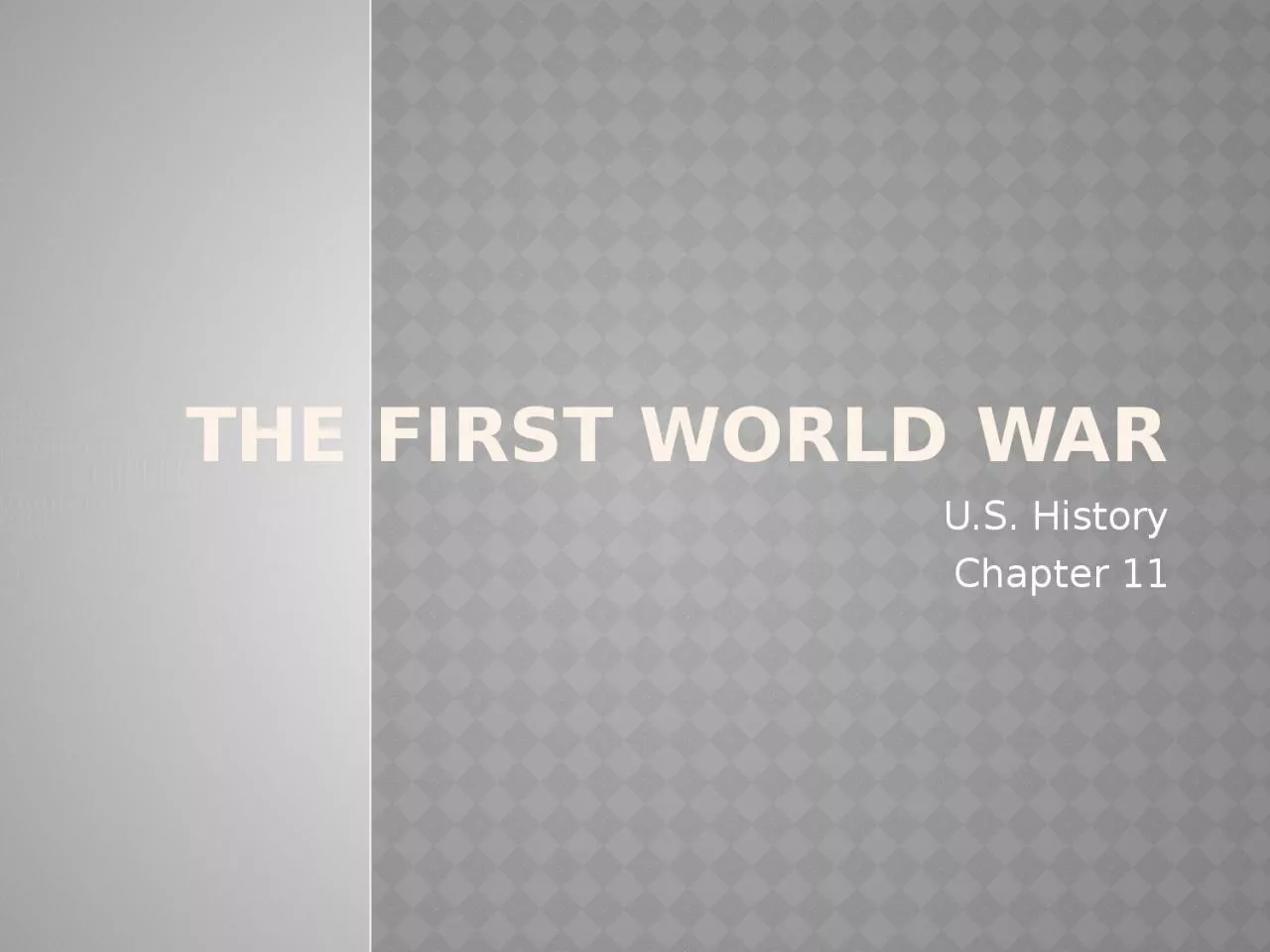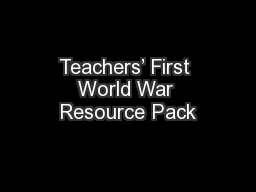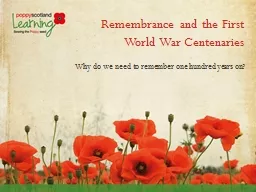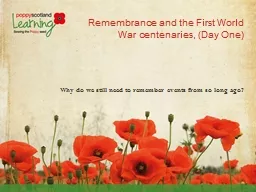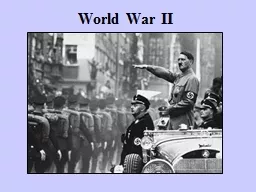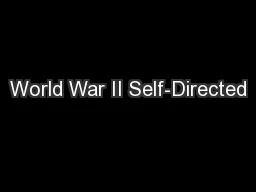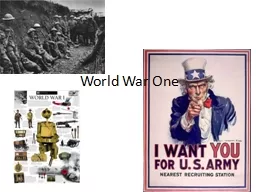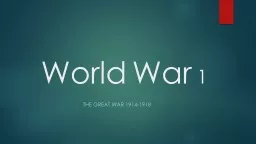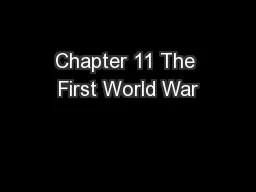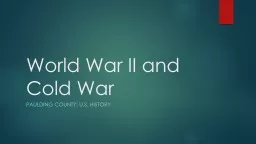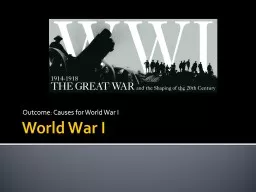PPT-The First World War U.S. History
Author : alis | Published Date : 2022-06-18
Chapter 11 Section 1 World War I Begins The four 4 MAIN causes of World War I were Militarism the development of armed forces and using them as a tool of democracy
Presentation Embed Code
Download Presentation
Download Presentation The PPT/PDF document "The First World War U.S. History" is the property of its rightful owner. Permission is granted to download and print the materials on this website for personal, non-commercial use only, and to display it on your personal computer provided you do not modify the materials and that you retain all copyright notices contained in the materials. By downloading content from our website, you accept the terms of this agreement.
The First World War U.S. History: Transcript
Download Rules Of Document
"The First World War U.S. History"The content belongs to its owner. You may download and print it for personal use, without modification, and keep all copyright notices. By downloading, you agree to these terms.
Related Documents

